Roofing Services in Camden are essential for protecting property value and safety—preventing leaks, damp, and energy loss throughout London and the Home Counties. Every project is handled with compliance, technical care, and long-lasting performance in mind, reassuring you that your property is protected in all weathers.
With years of experience, accreditations including Which Trusted Trader and CITB, and premium supply partners like Welsh Slate, ALM Lead, and Kemper, you can trust our expertise without compromise.
Book a free survey today and protect your property.

Neglecting roofing issues risks leaks causing damp, insulation failure raising energy costs, and gradual structural damage. Delaying action always drives up costs and long-term risks for every property owner.

Professional Roofing Services in Camden resolves these risks by improving weather resistance, enhancing thermal efficiency, and ensuring compliance with current building regulations. For homeowners, it brings peace of mind; for landlords, long-term value; for businesses, operational safety and cost savings. Proactive roofing care is a secure investment across every property type.
Roofing Services in Camden covers installations, repairs, upgrades, and restorations for homes, commercial premises, and heritage properties. Our services deliver long-term performance, full compliance with Building Regulations, and use only high-quality materials from trusted suppliers. Every project is tailored to your specific site and delivered with safety, durability, and professional care.
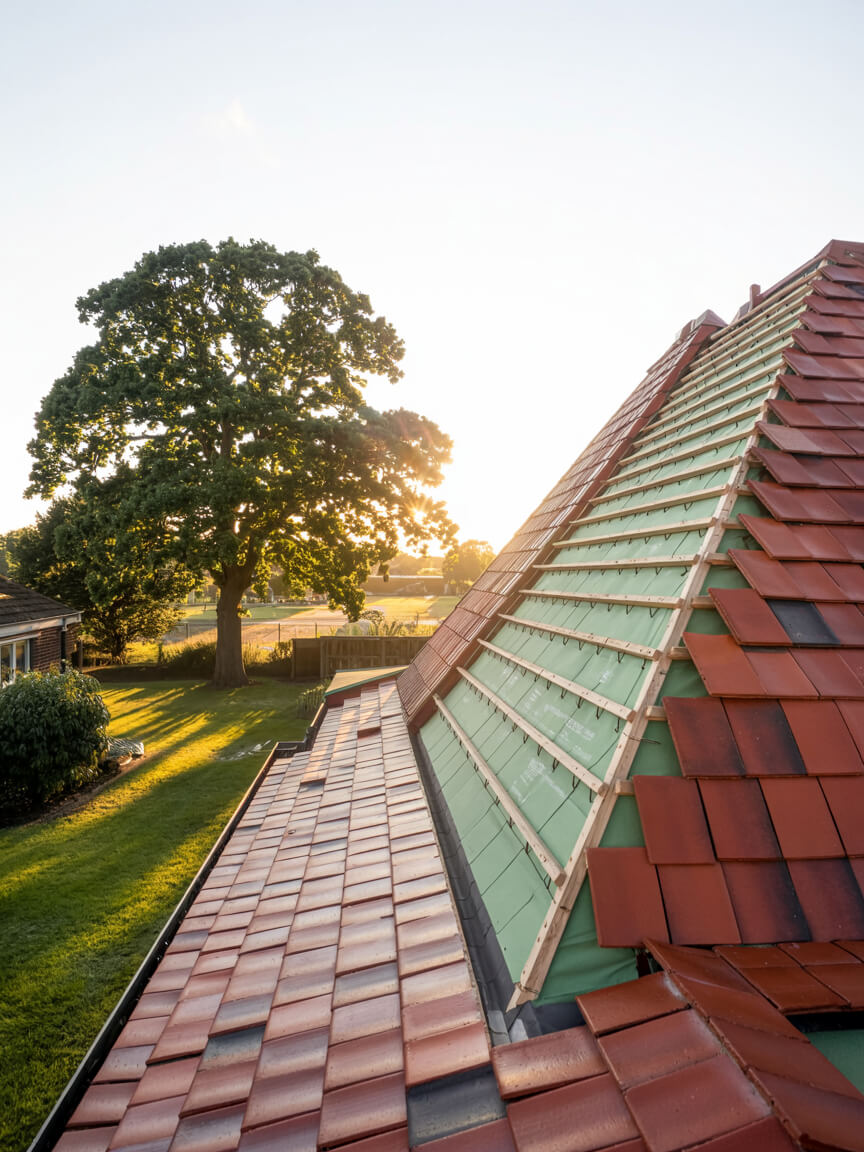
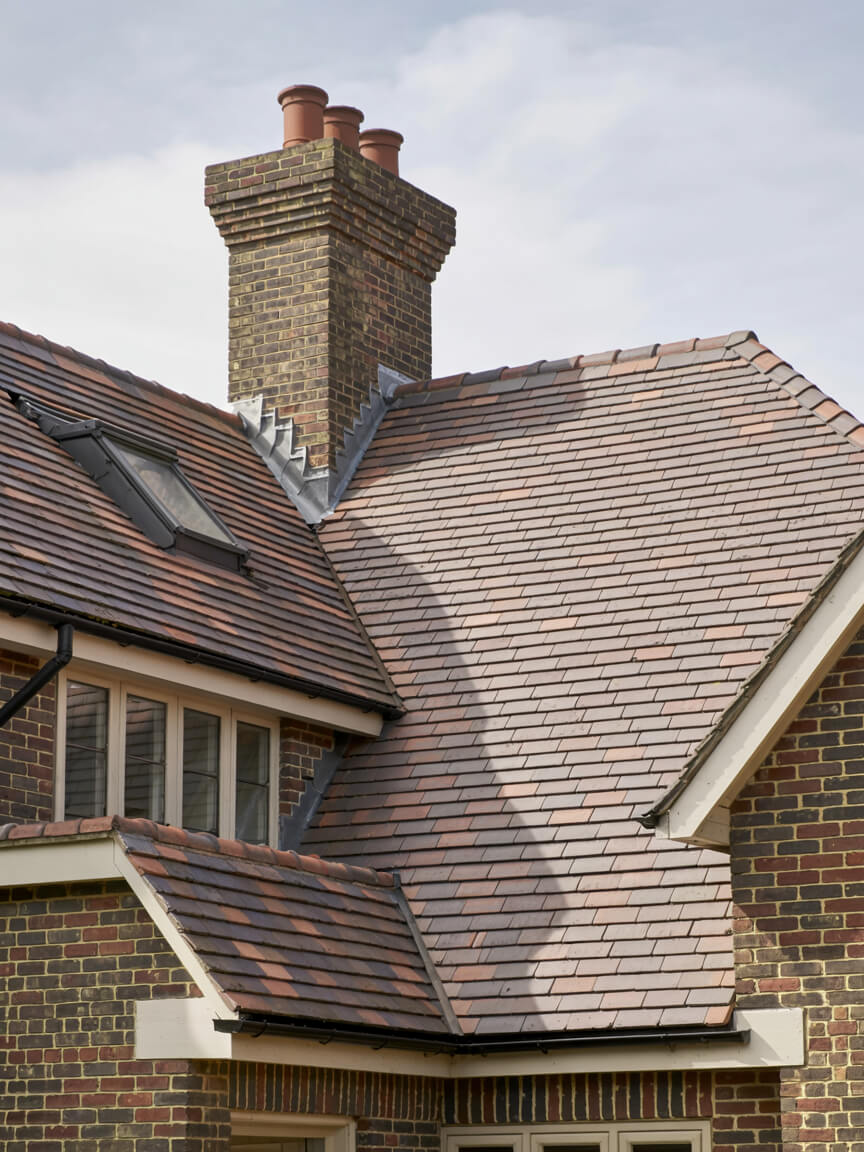
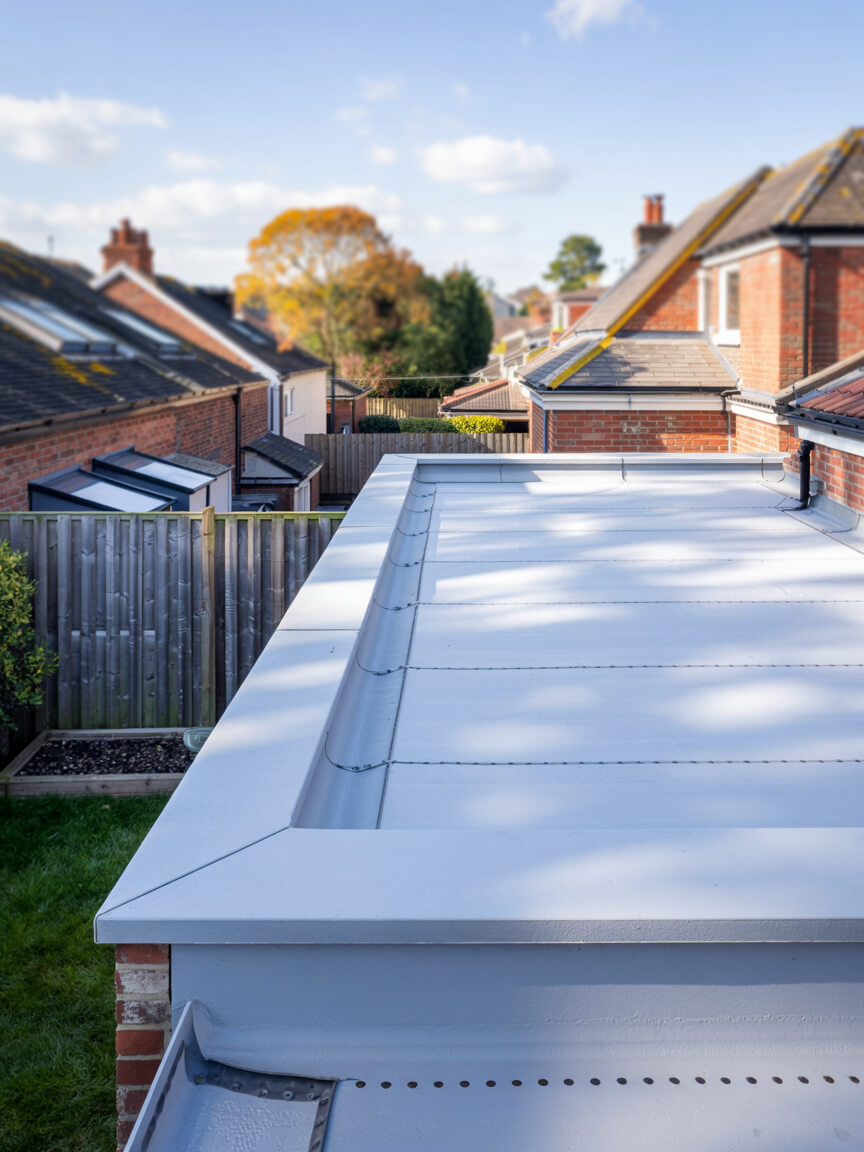
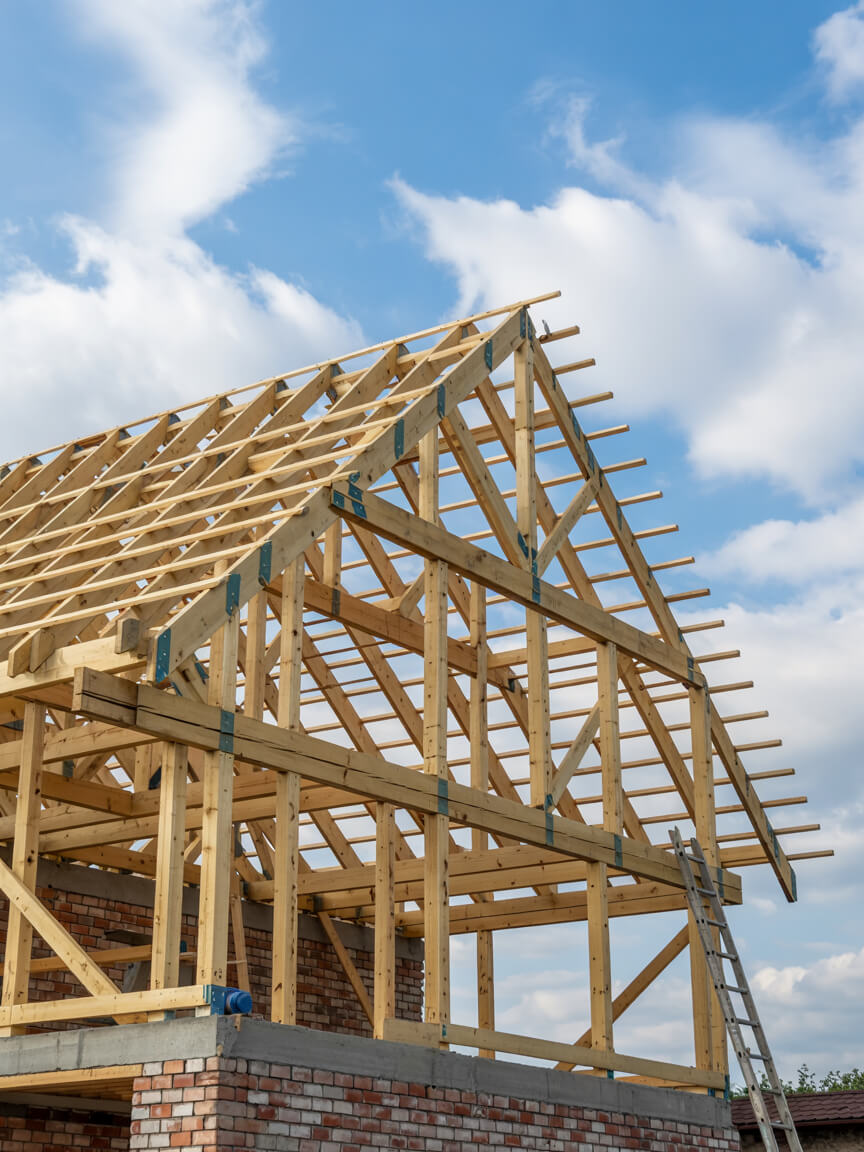
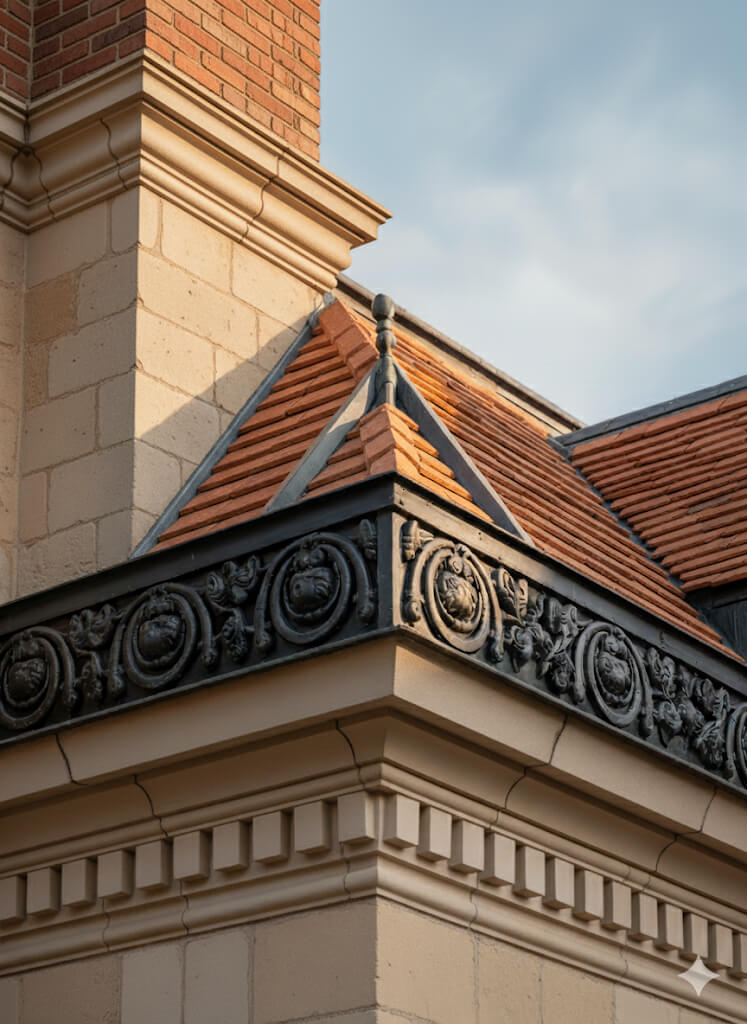
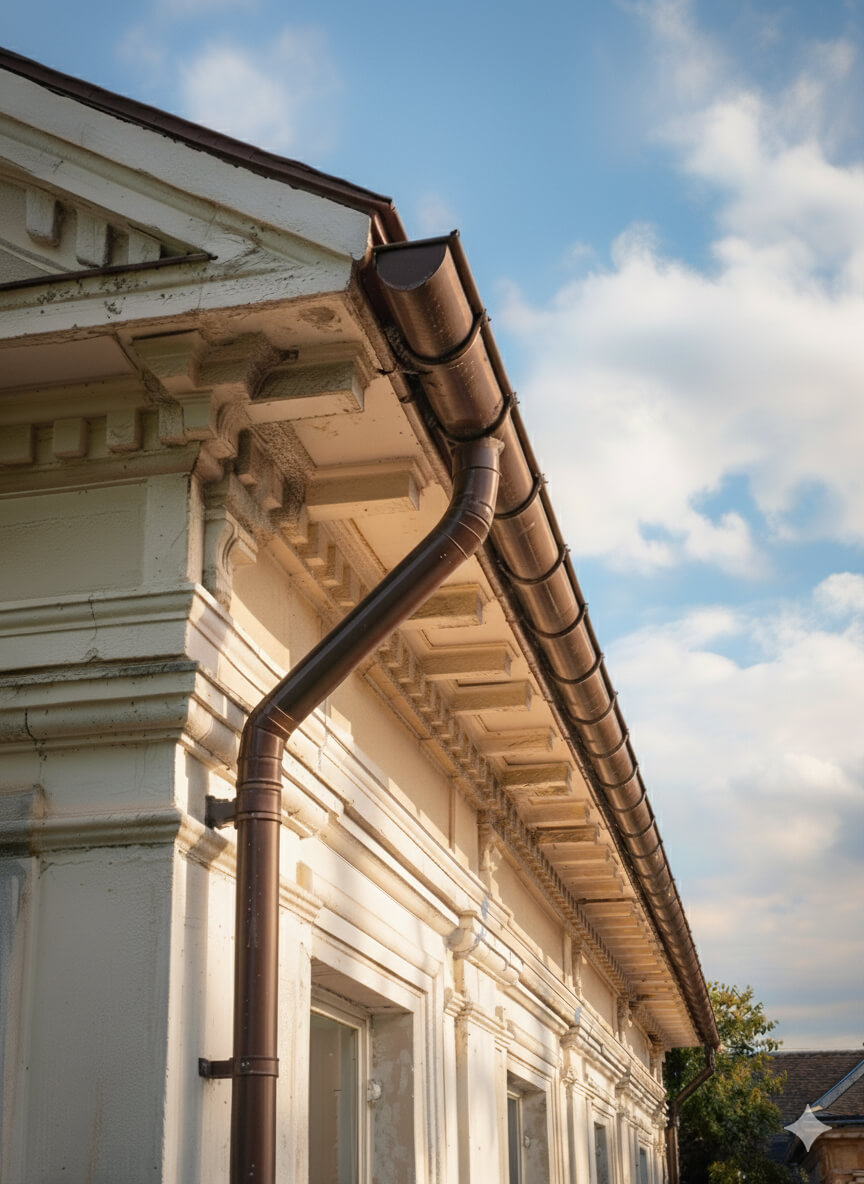

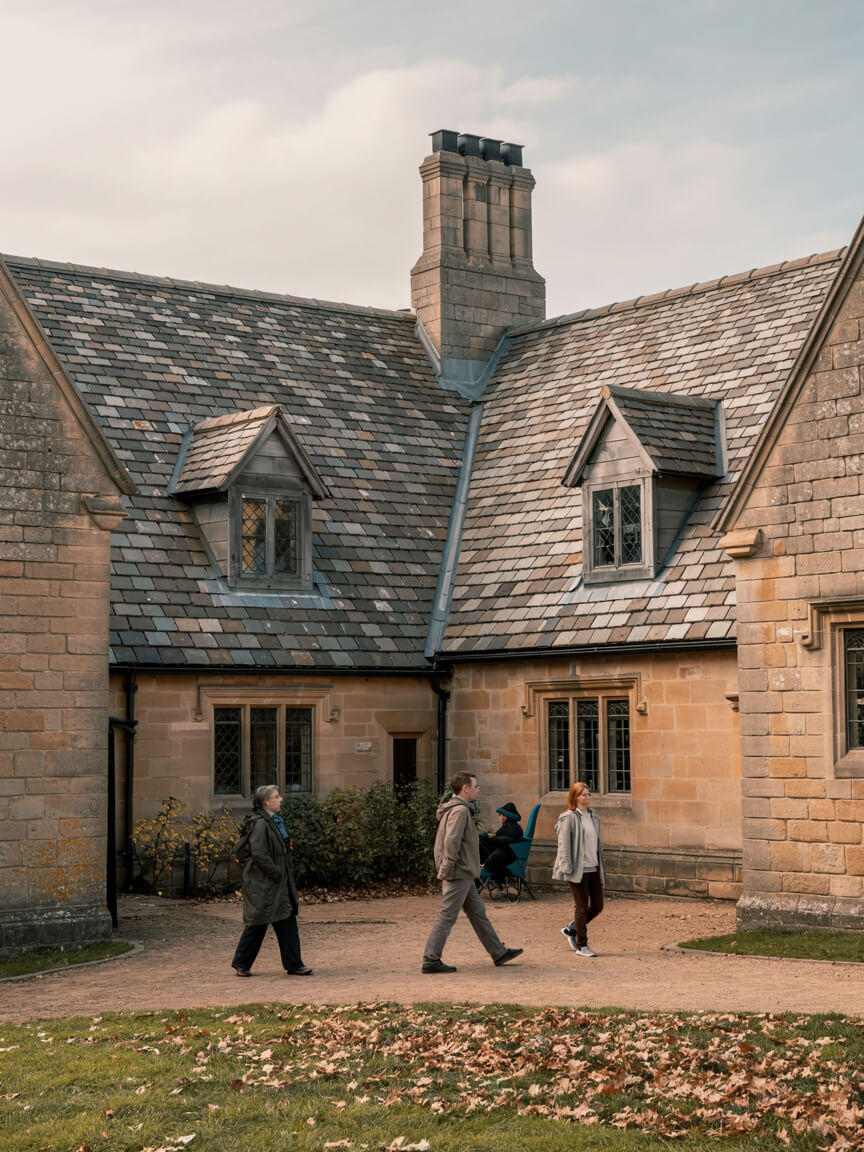
Every Roofing Services in Camden project adapts to property type, roof structure, and local environment. Tailoring ensures compliance with regulations, minimal disruption, and maximum value. Homes, businesses, industrial facilities, and listed buildings all benefit from our flexible approach—guaranteeing solutions that fit unique requirements with safety, efficiency, and reliability.
Homes, extensions, and listed buildings.
Offices, retail, schools, and hospitality.
Warehouses, factories, and logistics sites.
Every Roofing Services in Camden project follows proven steps with quality materials. Whether a new installation, upgrade, or repair, each layer adds durability, safety, and efficiency—protecting your property and meeting regulatory standards.
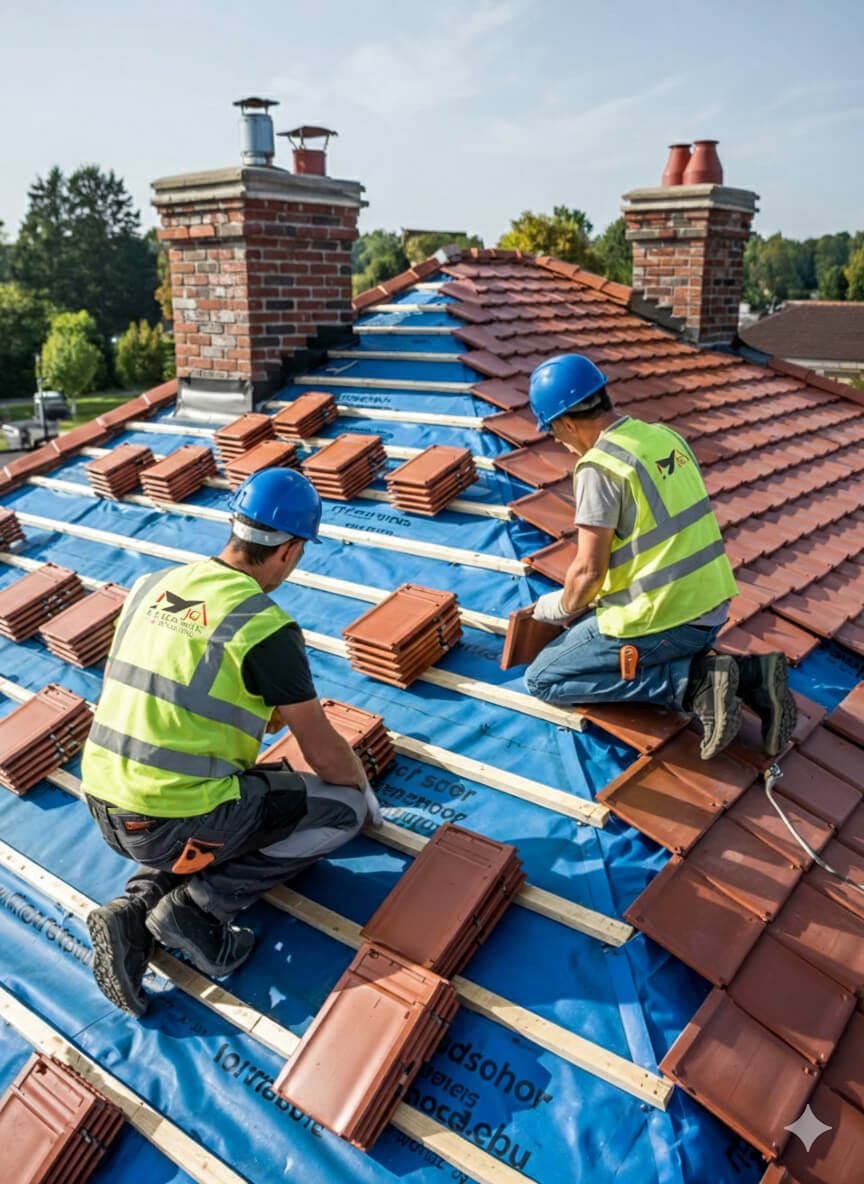
Get a free, no-obligation quote today.
Our experts are standing by to help you choose the perfect flat roofing solution.
⏱ Response within 24 hours guaranteed
Accredited by Which Trusted Trader, CITB, and approved by Kemper and Westwood, our team delivers safe, compliant, and warranty-protected Roofing Services in Camden projects. These credentials mean guaranteed standards and long-term assurance—reinforced by the positive client reviews that consistently highlight quality, professionalism, and trust.


Complete reroofing. Living in Singapore at the time and T was super responsive and communicative.
Replacement of lead box gutter and new flashing to parapet wall. I had an excellent experience using James and the team. He was very prompt in all aspects of communication and completed a first class job. Really pleased.
James completed some repairs on our roof and replaced some of our pebble dash by the roof as well. He was very thorough and fixed everything. He kept us really informed by taking photos and showing us what he did and keeping us updated. It also went onto our neighbours roof and he did the same fo...
We had a leak in our bedroom and James fixed the roof for us to stop it from leaking. All the work came with a warranty. The work that was carried out was good. James and his team were polite, and did all the work quickly and without too much interruption to our day-to-day lives. Would recommend ...
J G Leadworks have repaired and replaced the roofs and gulleys over our warehouse and workshops which have meant both areas are now watertight
James and team were incredibly responsive to my request to look at a serious leak issue on my flat roof. They did a very thorough investigation and explained in detail the issue and gave a fair quote. They were quick to book in and complete the work and have checked in afterwards a few times to m...
James was quick to respond to the initial contact and was able to work around some time constraints I had. He explained what needed doing clearly and was happy to answer follow up questions. He took pictures to show each stage and I feel confident in the work that was done by James and the team. ...
JG Roofing were very easy to work with. Their quote was sensible and they stuck to that figure. They completed many repairs to my roof including, rebuilding a leaded gutter, reinforcing rotten rafters, rebuilding a long felted gutter and felting parapet walls, resurfacing and felting a flat roof,...
Planning and legal checks protect clients from costly errors, delays, and non-compliance, ensuring roofing projects meet regulatory and safety requirements.
Permission is typically required for listed properties, conservation areas, or major roof alterations. All projects must also satisfy Building Regulations, including Part A (structural safety) and Part L (energy efficiency), ensuring compliant and future-proofed installations.
Our team manages the full process, from initial surveys to legal guidance, preparing documentation, and liaising with local authorities where needed. Whether working on modern homes or heritage sites, we ensure every project is delivered legally, safely, and with minimal disruption—providing complete reassurance and peace of mind to property owners.

Every project unites skilled workmanship with rigorously tested materials.
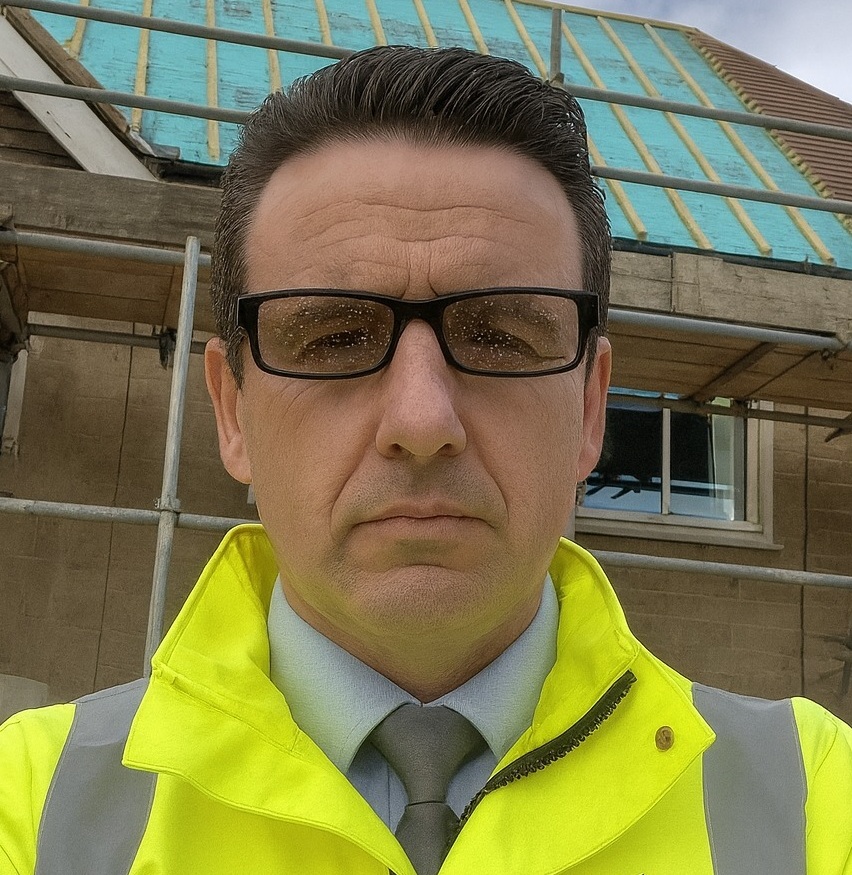
With 25 years of experience in lead sheet roofing, James is a trusted expert in heritage roofing, slate, and tiling. His knowledge of traditional methods, paired with modern compliance, makes him a go-to specialist for projects that demand both craftsmanship and durability.
Roofing Services in Camden provides lasting protection, efficiency, and value, delivering durable, compliant roofing solutions that safeguard every type of property investment.
Selecting Roofing Services in Camden involves balancing durability, budget, compliance, and aesthetics to secure the best-fit roofing solution for your property.
Why Clients Choose JG Leadwork and Roofing
With decades of trade experience, our teams understand the unique demands of London and Home Counties roofing. From heritage-listed properties to contemporary extensions, we adapt solutions to local regulations, weather conditions, and architectural styles with precision.
Accredited by Which Trusted Trader, CITB, and approved by Kemper, Westwood, IKO, ALM, and other leading suppliers.
These credentials guarantee safety, compliance, and access to manufacturer-backed warranties, giving clients peace of mind that their project meets the highest professional standards and benefits from warranty protection.
Our heritage projects use Welsh Slate and handmade clay tiles for authenticity, while leadwork is delivered to Lead Sheet Association (LSA) standards. Commercial installations employ Kemper and Westwood liquid systems for durability and efficiency. Each example demonstrates our reliability, blending traditional craftsmanship with modern performance.
Our workforce includes skilled roofers, heritage specialists, and safety-certified installers.
Every roofer holds NVQs, receives ongoing CPD training, and is qualified in both modern flat systems and traditional techniques, including slate and leadwork.
Team structure ensures projects run smoothly—surveyors identify needs, installers deliver with precision, and supervisors oversee compliance. This approach minimises disruption, accelerates timelines, and guarantees consistent quality across residential, commercial, and industrial roofing projects.
Every project is regulation-compliant, warranty-backed, and focused on long-term results.
Client testimonials and case studies confirm our track record, with projects praised for professionalism, durability, and customer support.
We go beyond installation with aftercare packages, maintenance support, and open communication at every stage. Property owners gain reassurance that JG Leadwork and Roofing stands behind its work. Book a free survey today and discover why homeowners, landlords, and businesses trust us with their roofing.

Get a free quote, rapid response, and expert service across London and the Home Counties. Contacting JG Leadwork and Roofing is your simple first step to dependable roofing solutions.
We source materials from leading suppliers including Supreme and IKO felt systems, Kemper, Westwood and Proteus liquid systems, Welsh Slate, handmade clay tiles, ALM Lead Mills, and Nicholson Air Track. These trusted brands guarantee durability, compliance, and warranty-backed performance across flat, pitched, heritage, and commercial roofing projects.
.
.
For homes, Roofing Services in Camden safeguards comfort and enhances kerb appeal with durable, energy-efficient systems. Whether modern extensions or traditional pitched roofs, tailored solutions improve living standards and protect property value.
For businesses, Roofing Services in Camden delivers cost-effective, large-scale installations with minimal disruption. Projects are planned around operations, with safety compliance, energy performance, and flexible scheduling built in—supporting offices, retail, schools, and industrial facilities with reliable, regulation-ready outcomes.
For heritage properties, Roofing Services in Camden combines authentic materials such as Welsh slate, handmade clay tiles, and ALM lead with skilled conservation techniques. Listed building consent and conservation requirements are fully managed, ensuring traditional character is preserved while integrating modern weatherproofing. This careful balance provides long-term durability without compromising historic integrity or aesthetic value.
JG Leadwork and Roofing delivers Roofing Services in Camden across housing, commercial, heritage, and public sectors. Every industry comes with unique requirements, from safety and compliance to efficiency and conservation. Our adaptability ensures projects are delivered with precision and professionalism—whether safeguarding homes, supporting business continuity, preserving history, or protecting critical public and healthcare facilities.
Durable roofing installed with minimal disruption, ensuring safe, regulation-compliant workspaces for staff and visitors.
High-standard, compliance-focused solutions protect community facilities while meeting strict safety and regulatory obligations.
Heavy-duty roofing tailored for wide spans, ventilation, and long-term maintenance efficiency.
Authentic materials and sensitive methods preserve historic character while adding modern protection.
Weatherproof systems that enhance kerb appeal and guarantee uninterrupted trading for outlets.
Tailored roofing improves guest comfort, safety, and ambience across hotels, restaurants, and venues.
Safe, durable systems designed for schools and universities with minimal learning disruption.
Specialist roofing solutions built for hygiene, safety, and regulatory compliance in medical environments.
Our team of NVQ-qualified roofers, LSTA-trained specialists, and health & safety-compliant professionals bring decades of combined experience. Every project is delivered with meticulous attention to detail, ensuring safe practices and consistent quality across flat, pitched, heritage, and commercial roofing disciplines.
Expertise includes heritage leadwork, slate and tile roofing, modern flat systems, and drone-assisted roof surveys. Ongoing CPD training ensures adaptability to both traditional craftsmanship and the latest innovations—giving clients confidence that every roof is built or repaired with proven skill and care.

A thorough survey highlights existing issues, structural considerations, and upgrade opportunities, ensuring the best-fit solution is identified from the very beginning.
Transparent, itemised quotes detail costs, timelines, and materials—giving you complete clarity and confidence before work starts, with no hidden surprises.
Scaffolding, access solutions, and robust safety measures are put in place to safeguard both property and people throughout the project.
Skilled roofers complete the work using accredited materials and proven techniques, delivering durable, compliant results while keeping disruption to a minimum—whether for repairs, replacements, or new installations.
Each stage is inspected against manufacturer standards and Building Regulations, with photographic documentation provided for transparency and peace of mind.
Each stage is inspected against manufacturer standards and Building Regulations, with photographic documentation provided for transparency and peace of mind.
In a competitive roofing market, many providers look the same on paper. JG Leadwork and Roofing stands out through proven expertise, accredited methods, and specialist techniques. Our combination of traditional craftsmanship and modern technology makes us the safer, smarter choice across residential, commercial, industrial, and heritage projects.
In a competitive roofing market, many providers look the same on paper. JG Leadwork and Roofing stands out through proven expertise, accredited methods, and specialist techniques. Our combination of traditional craftsmanship and modern technology makes us the safer, smarter choice across residential, commercial, industrial, and heritage projects.

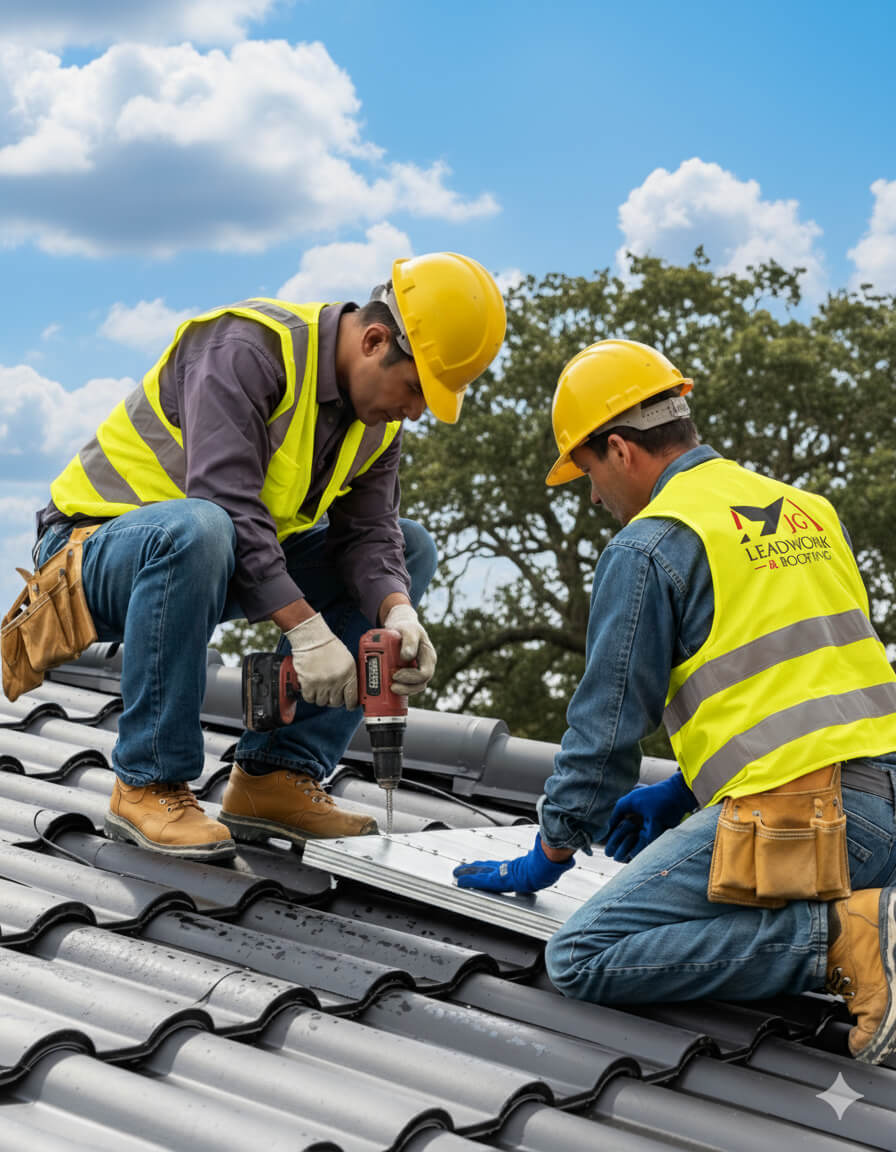
At JG Leadwork and Roofing, every project follows a structured QA process. Each stage—materials, installation, safety, and final sign-off—is measured against manufacturer specifications and UK Building Regulations to ensure durability, compliance, and warranty-backed performance across all roofing services.
Projects are only signed off once all QA checks are complete, giving clients confidence in long-term performance, structural safety, and insurance-backed peace of mind.
Every Roofing Services in Camden project by JG Leadwork and Roofing is delivered in strict alignment with UK Building Regulations and recognised frameworks. This ensures structural safety, energy efficiency, durability, and protects warranties and insurance coverage across residential, commercial, industrial, and heritage properties.
Clients can be confident their project is completed legally, safely, and insurance-ready—delivering long-term performance, compliance assurance, and complete peace of mind.
Property owners often wonder about Roofing Services in Camden—from costs and timescales to permissions. Below, you’ll find straightforward, trustworthy answers to the most frequent and practical queries.
Heavy rain can reveal hidden issues with both pitched and flat roofs, resulting in leaks that may damage interiors, compromise structural timbers, harm insulation, and impact insurance claims for water ingress. For property owners, developers, and anyone managing building maintenance in Camden, understanding the technical roots of these problems is crucial for prevention and control. The following breakdown identifies the most common causes of rain-induced leaks in the UK, highlighting warning symptoms and potential risks.
The main job of a roofing membrane—whether an underlay on pitched roofs or a waterproof sheet on flats—is to create a watertight barrier. Over time, exposure to UV rays, repeated freeze–thaw cycles, and natural wear cause membrane deterioration. On pitched roofs, this could mean cracked or perished underlay; on flat roofs, it could show up as splits, blisters, or failed joints. When deterioration sets in, water can enter through gaps by capillary action (where water creeps through very small spaces), often leading to damp ceilings or invisible decay in roof timbers.
Flashing—thin strips, usually metal or specialised flexible sheet—keeps water from entering where the roof meets walls, chimneys, or other structures. In UK buildings, poor installation, shallow fixing (not “chased” deeply), or unsuitable materials can quickly turn flashing into a weak spot. Freeze–thaw cycles in Camden (with night frosts and daytime thaws) can crack mortar or lift poorly secured flashing. High winds can dislodge flashing, breaking the weather seal and allowing water in.
Flat roofs are prone to ponding—pools of water left standing 48 hours after rain, typically deeper than 10mm. This suggests either an inadequate slope (insufficient “fall”) or sagging roof structure. Blocked outlets, gutters, or downpipes (often from moss or leaf build-up) can trap water, which then seeks out weak points. Insulation and ventilation issues create risks too: where condensation forms inside the roof build-up (interstitial condensation), mistaken by many for rain leaks.
UK Building Regulations (especially Part L) specify insulation standards and use of vapour barriers to prevent internal condensation. Skipping these can lead to hidden leaks, wasted energy, and mould.
Accurate leak diagnosis requires more than a casual glance. Begin with a visual inspection: look for water marks, ceiling bulges, or daylight through the roof. Moisture metres reveal dampness in hidden areas. Borescope cameras enable checks inside roof spaces without major disruption. Larger or hard-to-reach roofs may need drone surveys to spot sags or displaced coverings. For flat roofs, core samples (cutting a small plug to examine moisture in the layers) confirm more complex problems.
| Root Cause | Typical Symptom | Potential Risk | Suggested Remedy |
|---|---|---|---|
| Membrane deterioration | Ceiling damp patches | Rot, insulation failure | Localised repair |
| Flashing failure | Damp by chimneys/valleys | Structural leaks, staining | Replace/re-fix flashing |
| Ponding/blockage | Standing water, deck stains | Deck decay, collapse | Clear, adjust drainage |
| Poor insulation/venting | Condensation, recurring damp | Mould, energy loss, health concerns | Instal/upgrade vents |
Professional-grade inspections—ideally every year or after a major downpour—help catch these faults early, preventing disruptive repairs or insurance issues later on.
The cost difference between slate and tile roofing in London comes down to a complex mix of materials, installation requirements, compliance with UK regulations, and location-driven influences. Both options offer strong weather resistance for Camden and surrounding boroughs, but the initial investment, upkeep, and regulatory constraints differ significantly. Understanding these differences is crucial for property owners, developers, and architects looking to budget accurately, meet compliance, and ensure a long-lasting roof system.
Cost isn’t just about the purchase price of tiles or slates; it also reflects labour, scaffold needs, insulation standards, and structural considerations such as rafter strength. Here’s a structured breakdown of how major factors impact the final price for each roofing type.
Material cost is the first clear difference. Natural slate tiles (usually quarried from Wales or Spain) cost more per square metre than even high-quality clay or concrete roof tiles. Slate is valued for its exceptional longevity (50+ years in many cases) and appearance, but requires graded sizing and specialist handling. By contrast, clay and concrete tiles are formed in standard sizes for faster manufacturing and easier stacking.
Beyond unit price, slate’s weight demands stronger roof structures and is unsuitable for some modern trusses, especially in conversions. Tiles—especially lighter-weight interlocking types—may be more appropriate for extensions or lightweight timber frames.
Labour costs are higher with slate because every tile is fixed individually—often with two copper nails and, in exposed zones, using double-lap methods defined in BS 5534 (the UK’s code of practice for slating/tiling). BS 5534 sets minimum fixings, underlay types, and fixing patterns, which are more demanding for natural slate. Slates also require precise “grading” (sorting by thickness and length) to ensure proper weatherproofing and drainage.
Tiles can be laid faster, needing fewer skilled trades, and many interlocking tile systems cut down on fitting time and errors. These factors keep installation costs in check. However, broader tiles may need compliant eaves and ventilation details to stay within Part F and Part L requirements (ventilation and energy).
In many London boroughs and conservation areas, especially in Camden’s historic sectors, planning regulations or heritage officers may restrict roofing material choices. Planning permission is often needed to switch from slate to tile on a listed property or in a conservation area, as the visual appearance and authenticity of slate is protected.
Conversely, in new builds or non-listed extensions, tiles offer greater design versatility and lower costs—especially outside historic zones. External factors such as scaffolding access (narrow, terraced streets), delivery restrictions, and required insulation upgrades under Part L regulations (which dictate how insulated a roof must be, measured with a “U-value”—the rate of heat loss) can drive up costs for both options.
Before choosing a roofing material, it helps to benchmark typical costs and influencing factors:
| Factor | Slate Roofing | Tile Roofing | Why it matters |
|---|---|---|---|
| **Material Cost (m²)** | £70–£120 | £40–£70 | Slate is costlier; longer lifespan |
| **Labour** | Specialist, higher | Streamlined, lower | Skilled fitters, extra fixing for slate |
| **Regulations** | Strict (BS 5534, heritage) | Moderate (Part L, F) | Planning limits swap on old buildings |
| **Structural Load** | High (heavier) | Medium or light | May need timber upgrade for slate |
| **Maintenance** | Low (when installed well) | Moderate | Repairs easier, but full replacements for some tiles are cheaper |
| **Planning Consent** | Often required in heritage areas | Less often needed | Protects character and conservation |
A thorough roof inspection is essential to confirm load-bearing capacity, local planning rules, and which option best matches your property’s structural needs and long-term goals. In every scenario, early consultation with a roofing expert, reference to current UK regulations, and factoring for both upfront and lifetime costs will lead to the reliability and compliance required for any London property.
The duration of a roof installation in Camden typically ranges from a few days for a standard home to several weeks for more complex or heritage projects. Most residential properties see a new tile or slate roof completed within 3–6 working days, while substantial flat roofs or listed buildings can take significantly longer. This timeframe matters because it affects cost estimates, daily routine disruption, weather exposure, and compliance with safety or conservation standards. For homeowners, landlords, facility managers, and heritage custodians alike, knowing what to expect helps with planning, budgeting, and safeguarding tenants or valuable property assets.
A transparent schedule means fewer surprises—especially where access is tricky or regulations are strict. In Camden, where terrace layouts and conservation areas are common, timelines can be shaped both by site logistics and the need for specialist craftsmanship. Factoring in preparation, removal of old materials, and regulatory checks ensures the new roof will stand up to both scrutiny and the test of time.
Smooth operations depend not just on the roof type but also on the efficiency of scaffolding and material delivery—complex layouts or busy streets often extend working periods.
Several site-specific and environmental factors influence installation times in Camden. Roofs with awkward shapes, limited access (for example, rear additions), or listed status may need extra protection and site setup, adding days to the schedule. Commercial properties or multi-occupancy blocks might require phased works or extra safety planning for ongoing building use.
Seasonal weather is particularly influential. Camden winters bring rain, frost, and dampness, which can disrupt laying tiles, mortar setting, or adhesive curing (vital for flat roof membranes). Prolonged wet or cold spells often delay progress—UK best practice aims to schedule major roof works during milder, drier months, allowing flat roof coatings and mortar to cure reliably and reducing risk of weather damage mid-project.
Routine checks and minor maintenance keep a new roof performing as expected:
Regular maintenance is considerably less costly than repairs to widespread leaks or structural damage triggered by delayed small fixes.
Material choice affects both lifespan and the intensity of maintenance required. The table below summarises expected service life and key care guidance:
| Material | Typical Lifespan | Inspection Frequency | Maintenance Needs |
|---|---|---|---|
| Slate Tiles | 80–100 years | Every 5 years | Replace broken slates, clear valleys |
| Concrete/Clay Tiles | 50–75 years | Every 3–5 years | Check ridges, replace slipped tiles |
| Torch-On Felt | 10–20 years | Every 2 years | Reseal joints, watch for ponding |
| EPDM Rubber | 25–40 years | Every 2–3 years | Inspect seams, clear standing water |
| Liquid Systems | 25–40 years | Every 3 years | Recoat joints, look for blisters |
Camden’s urban climate—frequent freeze–thaw cycles, high rainfall, and tree debris—means roofs face substantial wear. Early attention to issues such as cracked tiles or poorly functioning thermal expansion joints (purpose-built gaps for material movement) significantly extends roof life and reduces the risk of leaks or internal damage.
The true cost of roofing goes beyond the initial invoice—what matters most is understanding the drivers behind pricing, how long your investment is protected, and why installer credentials are critical in the long run. For homeowners looking to avoid surprise repairs, landlords seeking reliable budgeting, or businesses aiming to control risk and asset value, cost clarity and financial insulation are non-negotiable. Roof work in Camden typically comes with high stakes: material performance, regulatory compliance, and property resale value all hinge on the right choices being made up front.
The final price you pay depends on several tangible factors—each affecting labour, material, and compliance requirements. Repairs often involve targeted fixes of tiles, flashing, or minor leaks; replacements demand a full tear-down, disposal, and installation to current standards. The following table captures typical UK price ranges and the factors that influence them:
| Service Type | Typical Range (UK) | Key Influences |
|---|---|---|
| Roof Repair | £250 – £1,200 | Scope of damage, access height, tile/slate type, urgency |
| Roof Replacement | £5,000 – £15,000+ | Roof size, pitch, insulation demands, flashing detail, finish quality |
Key cost variables include:
Well-specified quotes should break out each major component, including labour, materials, disposal, and regulatory compliance to support decision-making.
A top-tier roof provides financial peace-of-mind that holds its value through typical British weather and property sales. The gold standard is the insurance-backed warranty: these guarantees, usually lasting 10–20 years, underwrite both materials and workmanship—meaning you’re protected even if the installer ceases trading. Expect documentation that spells out:
Good warranties go hand-in-hand with well-documented installations, including insulation upgrades and ventilation, ensuring your investment aligns with the latest regulations and is future-proof for insurance or mortgage valuations.
Not all roofers are created equal. The difference between merely finished and truly secure comes down to who’s on the roof. An accredited installer—one with NVQs, CITB training, or membership in a professional body like Which? Trusted Trader—brings more than a toolkit:
Ask to see credentials and request recent project references—these are practical markers of both current skill and accountability.
Trying to save a few pounds through shortcuts often sets up years of structural headaches. Common cost-cutting mistakes include:
These shortcuts frequently result in:
Opting for precision, compliance, and proper warranty coverage turns a roof from a liability into a long-term asset—protecting both your wallet and peace of mind.